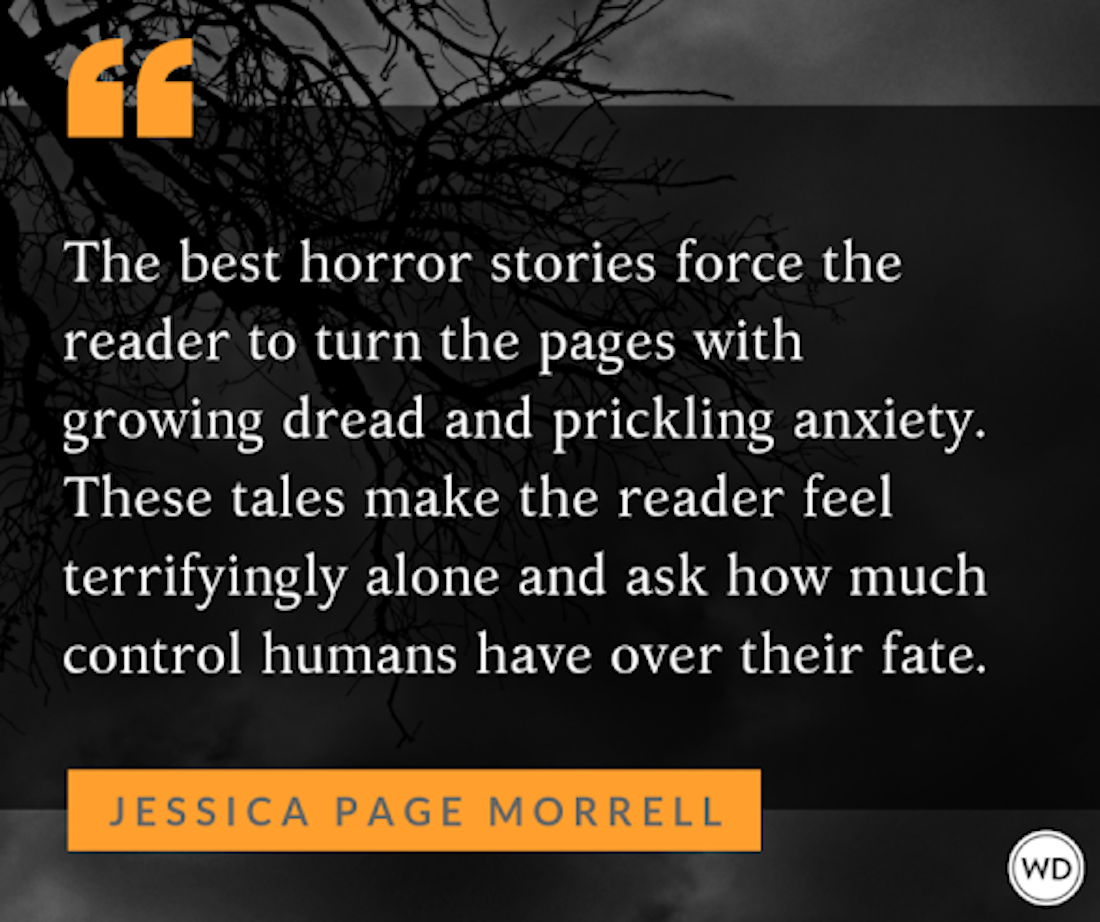Grit, Wit and “It”
Work one or all three of these important traits into your lead character and create a hero worthy of remembrance.
"The first thing that makes a reader read a book," wrote novelist John Gardner, "is the characters." Gardner's observation—the more memorable the characters, the more memorable the novel—holds true in all forms of literature. While plot and theme are essential, readers won't connect with any of your story without compelling characters.
Lead characters must draw us in. When we think of great literature, we flash to memorable main characters—Huck Finn, Jay Gatsby, Tom Joad, Scarlett O'Hara. Commercial fiction works the same way. Think of the staying power of Raymond Chandler's Philip Marlowe, or Janet Evanovich's Stephanie Plum.
What makes these characters unforgettable? They all have at least one of the following characteristics—grit, wit and "it."
GRIT
Perhaps the most enduring trait among memorable characters is grit—courage in the face of a great challenge or threat. Grit is guts in action. In Charles Portis' True Grit, Rooster Cogburn is the lawman who helps young Mattie Ross track down her father's killer.
Cogburn is said by another character to be "double tough, and fear don't enter into his thinking."
In fiction, grit must always be shown through action. During the climax of True Grit, Cogburn rides out on a horse to face a criminal gang, reins in his mouth, firing guns with both hands.
To portray grit in action, you must prepare and then prove. Try this: Early in your novel, add a scene where the protagonist must show inner courage. For example, she has to decide whether or not to confront her boss over some company infraction.
She can go through with it, foreshadowing a greater display of courage to come toward the end. Or she can back down, setting up the necessity for growth. In the movie Wall Street, young stock-broker Bud Fox is asked by financial giant Gordon Gekko to do some unethical snooping on a rival. At this crucial turning point, Fox gives in—though he knows it's wrong. Fox will have to grow through bitter experience and develop the grit to confront Gekko at the end.
Be sure to play up your character's inner battle at the time of challenge. This will add a layer of depth to the confrontation. No one except James Bond goes into battle without fear.
WIT
In Kristin Billerbeck's She's Out of Control, lead character Ashley Stockingdale is arguing with her married and pregnant friend, Brea:
I am seriously annoyed now. "You never dated a guy afraid of commitment. You got married young, when you weren't 'bus bait.' " Bus bait is my brother's term, meaning that I have more chance of getting hit by a bus than getting married over thirty. I'm thirty-one and counting. I take crosswalks seriously.
The throwaway last line is a perfect counterpoint to what could have become maudlin self-pity. Ashley's wit is what helps keep her sane in the dark world of modern dating. Wit is something everyone warms to when it comes naturally. An easy way to show this is by making the wit self-deprecating.
If the character has an ability to laugh at himself, wit will come naturally—as when Rhett Butler chides Scarlett O'Hara in Margaret Mitchell's Gone With the Wind: "Why don't you say I'm a damned rascal and no gentleman?"
Wit is also useful to make light of an overly sentimental situation. When O'Hara dances with Butler for the first time, she teases him to say something "pretty" to her. Butler replies:
"Would it please you if I said your eyes were twin goldfish bowls filled to the brim with the clearest green water and that when the fish swim to the top, as they are doing now, you are devilishly charming?"
Bring wit into your story by trying some of the following:
- Find an instance when your character can gently make fun of himself. Work that into an early scene of the book. This makes for a great first impression on the reader.
- Look closely at your dialogue and tweak some lines to lightly deflate moments that may be too sentimental. Lighten the moment with a fresh line. If you can come up with a killer bon mot, so much the better.
"IT"
Novelist Elinor Glynn coined the term "it" for the Roaring '20s generation. By this, Glynn meant personal magnetism—sex appeal as well as a quality that invites admiration (or envy) among others. Someone who walks into a room and draws all the attention has "it."
O'Hara shows how to convey "it" in the opening line of Gone With the Wind:
Scarlett O'Hara was not beautiful, but men seldom realized it when caught by her charm, as the Tarleton twins were.
Here the author tells us that O'Hara has "it." But then Mitchell wisely provides some action to back it up later:
But she smiled when she spoke, consciously deepening her dimple and fluttering her bristly black lashes as swiftly as butterflies' wings. The boys were enchanted, as she had intended them to be, and they hastened to apologize for boring her.
Later in the novel, O'Hara sits on an ottoman under an oak tree, surrounded by men. The scene gives us more proof of her sex appeal. And, of course, Butler—who could have any woman—is drawn to her, as well.
To help you capture this sense of magnetism in your characters:
- Imagine a party where several people are chatting, and your character walks into the room, dressed to the nines. How do the other partygoers react? What do they say about your character? Record these things for possible use in your novel.
- Work into your novel an early scene where someone is drawn to your main character. This can be because of sex appeal, power or fascination.
Grit, wit and "it"—just one of these characteristics can inject a powerful new dimension into your hero. If you can develop all three traits, your next protagonist could be on a fast track to joining a short list of unforgettable characters.
James Scott Bell is the #1 bestselling author of Plot & Structure, and award-winning thrillers like Final Witness. He served as fiction columnist for Writer’s Digest magazine, to which he frequently contributes, and has written three additional craft books for Writer’s Digest Books including Revision & Self-Editing, The Art of War for Writers and Conflict & Suspense. Follow him on Twitter @jamesscottbell.








